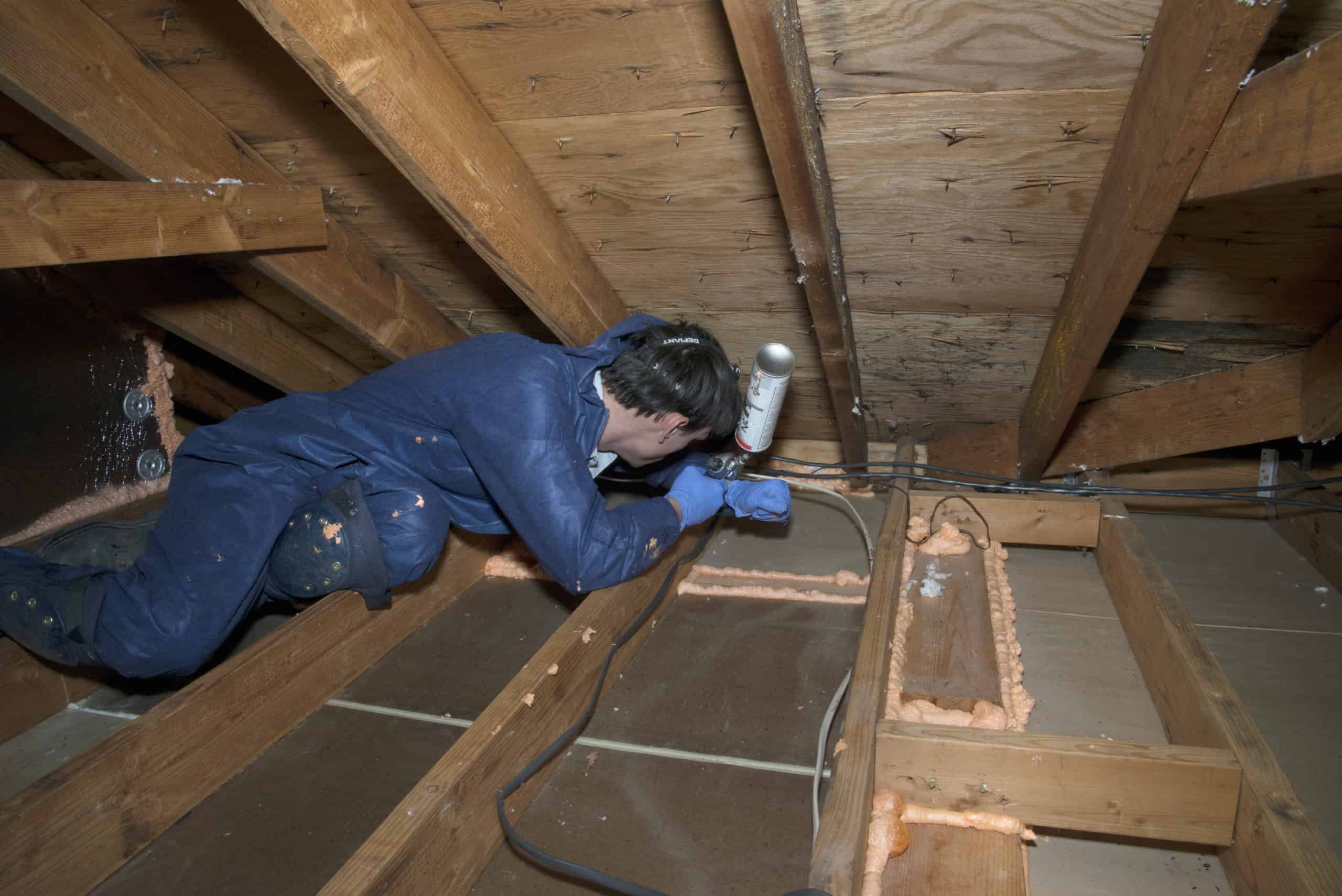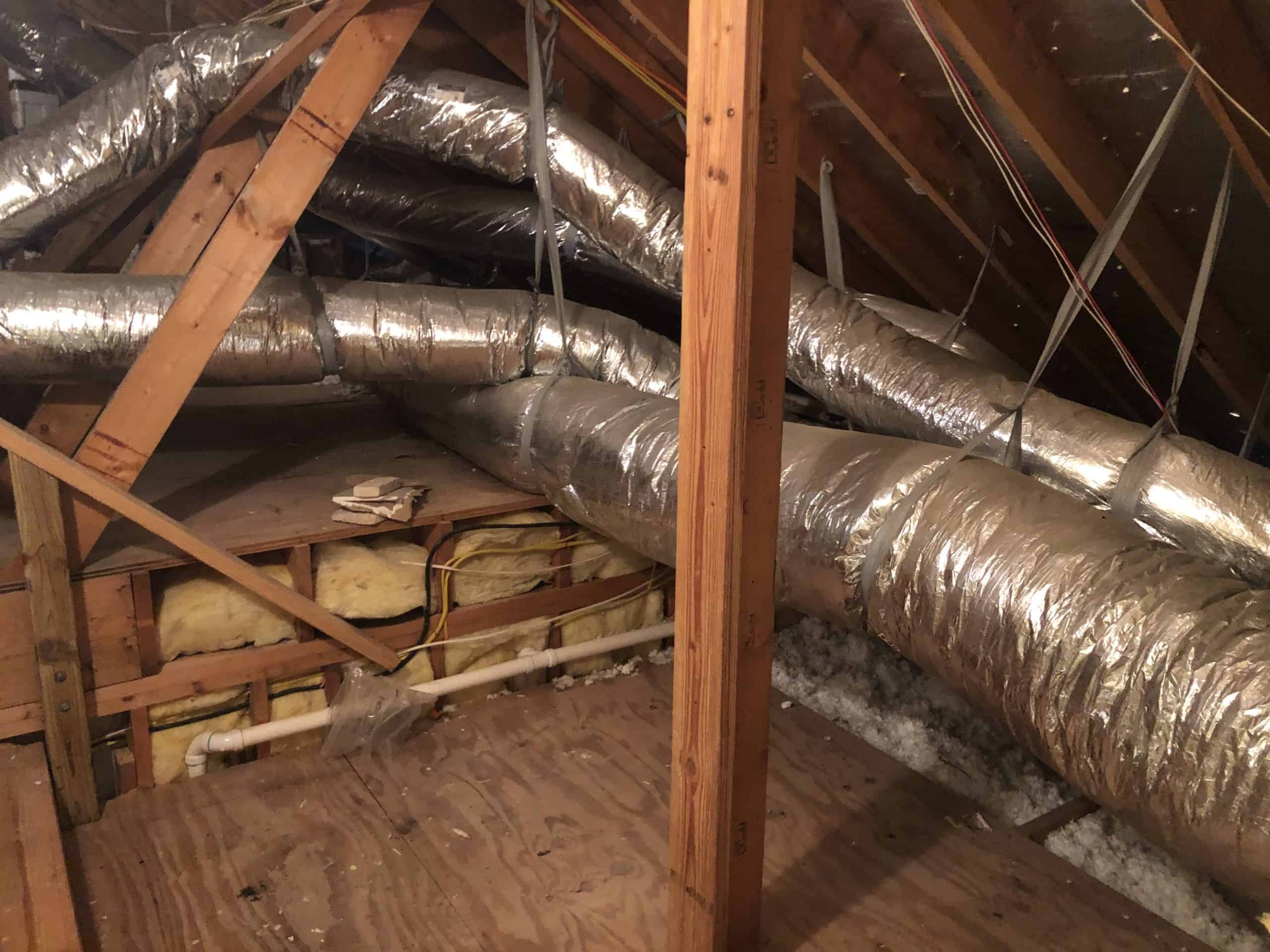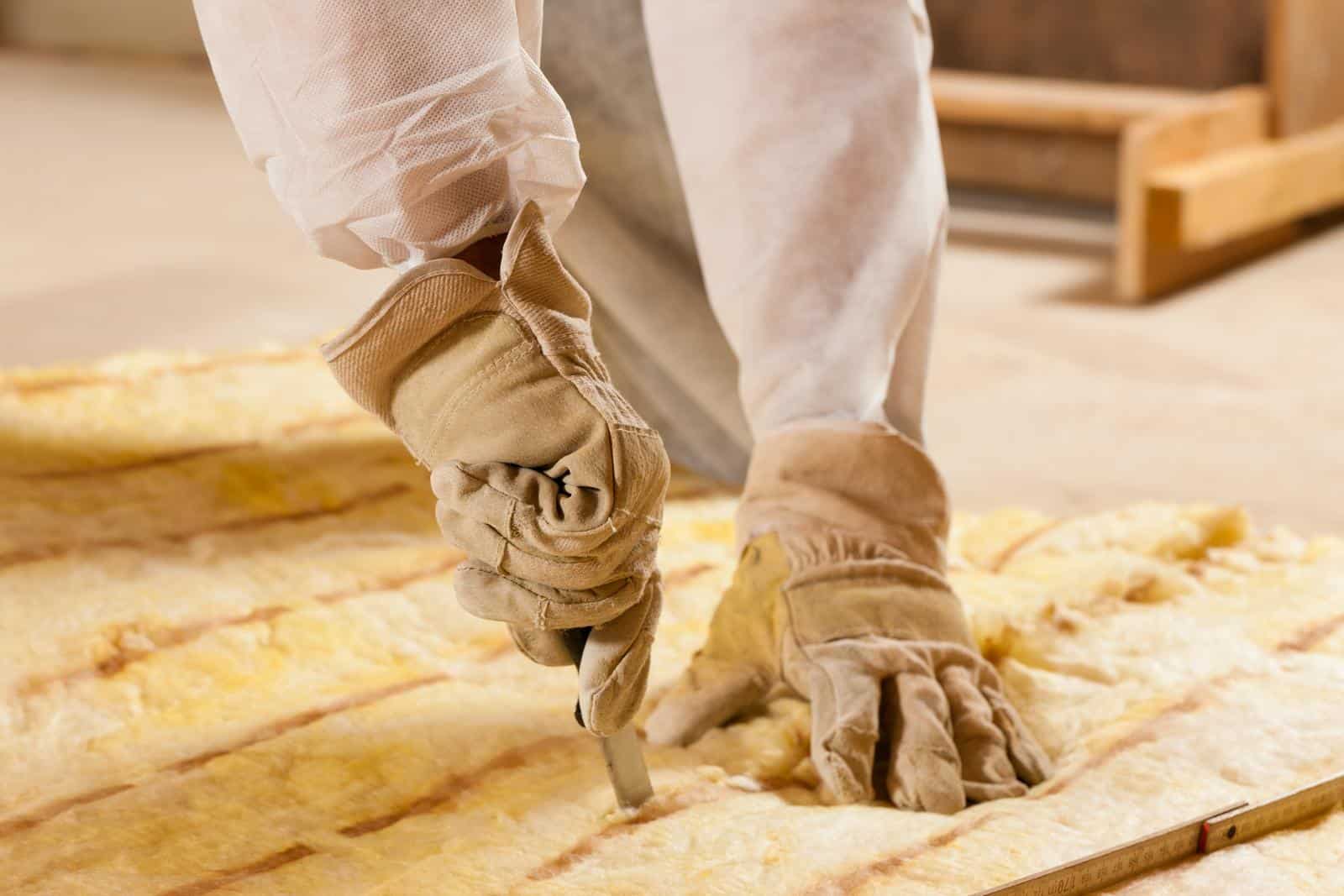Spray foam insulation installation is one of the worthwhile costs most homeowners undertake. The installation helps improve their properties energy efficiency, reduces sound transfer, deters rodents, and protects against common moisture problems.
Spray foams can be a DIYer’s best buddy, but this is only true when the DIYer uses the product appropriately. Manufacturers also encourage the use of spray foams, and this is evident in the proliferation of packaged spray foams contained in pressurized cans with a straw attached. The attached straw makes it easy to apply the expanding spray foam into gaps, holes, and crevices.
While there are different types of spray foams on the market, homeowners and DIYers should stay clear of Icynene. Icynene is a spray foam meant for professional installation. This type of spray foam is perfect for whole-house insulations and often requires specialized equipment.
Buying the Icynene may be a waste of your money and time, especially as they have rapid expansion properties that require professional training for a calculated outcome. On the other hand, Great Stuff is a good option for DIYers looking to seal cracks and address holes around the house.
While you now know the products that may likely work great around the house, it is equally important to know the dos and don’ts of spray foam insulation. Find out everything you need to know below.
Do: Check the Expiration Date on the Product Before Use
Expiration dates are not only valid for food items. We recommend checking the can of spray foam insulation for its expiry date before purchasing.
Buying an expired product can put you at risk, especially as you risk ineffective insulation or exposure to toxic chemicals. While most stores will clean their shelves to remove expired products, you should also confirm that they haven’t skipped some.
If you already have a spray foam insulation can at home, ensure it hasn’t expired before use. If it has expired, dispose of the can into your household waste.
Don’t: Avoid Using Spray Foams Around Outlets and Recessed Can Lights
Homeowners tend to go overboard, especially on their mission to make their homes more energy efficient. The zeal to make your home draft-free shouldn’t overtake important safety and health considerations.
Avoid using spray foam insulations around electrical outlets or recessed can lights. This is because the spray foam can quickly spread around the wires and enter the outlet box. This can make it challenging to address common electrical or wiring issues in the future.
You could set yourself up for huge electrical costs if you apply expanding foam around your electrical outlets. If you must seal holes and cracks around outlets, we recommend using a small fiberglass batt insulation around those areas for easy access.
Do: Use Spray Foams to Silence Noisy Water Pipes
Noisy water pipes can affect the quality of your life and sleep. Your expanding spray foam can come in handy to silence the rattling plumbing work when applied correctly.
Using the long straw attached to your spray foam insulation can access the plumbing area causing the nose and spray some expanding foam around the affected pipe. Doing this will silence the pipe by blocking the sound and locking it in. This can also be a great solution for a water hammer. A water hammer is a problem that occurs when the valve on the pressurized water line closes due to built-up pipe pressure.
Don’ts: Avoid Applying Spray Foams Around Windows
Windows and window frames are common culprits for raft air and heat exchange. In a bid to make their homes more energy efficient, most homeowners may be pushed to apply spray foam insulations around the frames and windows.
This is often a bad idea, especially as the spray foam may solidify and make it harder to open your windows. If applied when the windows are open, you may find it hard to close the window.
If you must apply spray foam insulation around windows, we recommend using low-expansion foams instead of high-expansion foams. Low-expansion foams can expand up to 30 times, while high-expansion foams can expand up to 300 times the liquid size.
For the window area, apply the low-expansion spray foam insulation cautiously along the affected area. This can significantly block heat exchange while also keeping your window functional.
Do: Have a Spray Foam Solvent Close By
Spray foam insulation starts as a pressurized liquid, after which they expand and solidify upon application and exposure. Homeowners often use a saw or other sharp objects to remove excess spray foams from application surfaces. However, they can sometimes drip and stain other unwanted areas during application.
The appropriate cleaning solvent can significantly improve your application process and prevent a messy outlook.
Unsure of which solvent to purchase? Ask questions at your local convenience store and the staff are likely to recommend what works for them or other customers like you.
Don’t: Avoid Using Spray Foam Insulation Around an Open Flame or Spark
Spray foams are designed to impede the spread of fires after they’ve been applied. However, the pressurized and liquefied form contains highly explosive components that should not be exposed to spark or fire.
We recommend that users pay attention to the application surface to avoid the risk of explosion. You should also avoid using the product in closed spaces like crawl spaces and under the cabinet. If you must, ensure that those areas are well-aerated and well-lit to improve your overall safety and reduce gas accumulation.
Another safety tip is to avoid smoking during spray foam insulation application. If using pilot lights or candles, ensure they are turned off before the insulation spray foam is applied. Also, give enough time for the spray foam gas to dissipate before lighting a match or starting a fire of any kind.
Do: Use Personal Protective Equipment When Applying Spray Foam
Safety is an important consideration when applying spray foam, especially in tight spaces. You should have appropriate personal protective equipment and gear, including eye goggles, face or nose masks, respirators to prevent gas inhalation and respiratory problems, and more.
We also recommend wearing gloves and the appropriate protective clothing to protect your skin from irritation when in contact with the spray foam in its liquid form. Other safety considerations include long sleeve clothing and pants, disposable gloves, appropriate shoes, and a cleaning solvent at arm’s length.
Following the above guide can significantly improve your spray foam insulation experience and help reduce draft air in your indoor space. If unsure, contact a Houston spray foam professional contractor now!
Name, Address and Phone
First Defense Insulation
12 Greenway Plaza Suite 1147 Houston Texas 77046
713-808-9853


